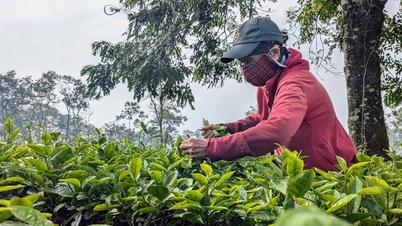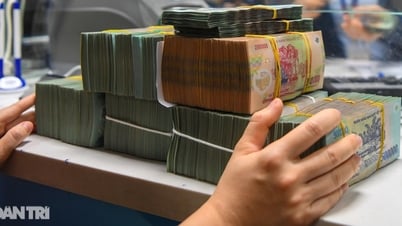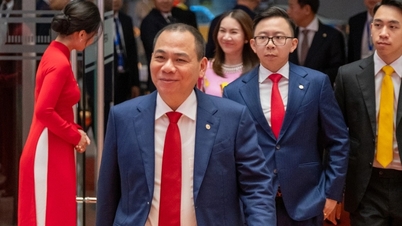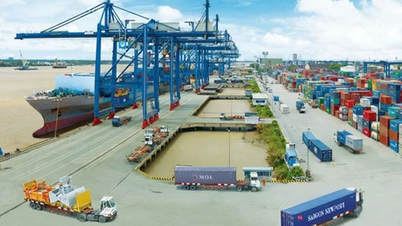World coffee prices have increased slightly on both the London and New York exchanges. However, coffee prices have been increasing continuously since the beginning of the week at the end of the trading session. The strengthening of the USDX index in the currency basket has caused speculators to liquidate their stocks to shift capital to other markets with more attractive profit margins.
However, concerns about tight supplies at the end of the year have helped the market curb the decline in coffee prices in the short term. The continued decline in inventories has become the main driving force behind the upward price adjustment. Data reported by the London Stock Exchange on August 23 showed that Robusta coffee inventories had decreased by another 160 tons compared to the beginning of the week, down to 35,990 tons (about 599,833 bags, 60 kg bags).
Meanwhile, this year's harvest in Brazil's "biennial" cycle has entered its final stages, making sales pressure for the new crop stronger.
 |
| Domestic coffee prices today, August 25, increased by 100 VND/kg in key purchasing localities. (Source: YouTube) |
At the end of the trading session on August 24 on the international futures exchange, the price of robusta coffee on the ICE Futures Europe London exchange for November 2023 delivery increased by 4 USD, trading at 2,406 USD/ton. The January 2024 delivery increased by 1 USD, trading at 2,325 USD/ton. Trading volume was above average.
Arabica coffee prices on the ICE Futures US New York exchange for December 2023 delivery increased by 0.4 cents, trading at 154.3 cents/lb. Meanwhile, the March 2024 delivery increased by 0.2 cents, trading at 155.3 cents/lb. Trading volume is high on average.
Domestic coffee prices today, August 25, increased by 100 VND/kg in key purchasing localities.
Unit: VND/kg. (Source: Giacaphe.com) |
Long-term US Treasury yields hit their highest levels since 2008, sending most commodity markets into a tailspin. However, there were some struggles in the investment markets, with commodities trading yesterday benefiting from a slight rebound in coffee, as capital was pulled from US stocks and crude oil, as markets fell.
The US dollar unexpectedly rose again as investors awaited the speech of US Federal Reserve Chairman Jerome Powell at the Jackson Hole Economic Policy Symposium, taking place at 10:00 on August 25 (US time).
Consultancy StoneX expressed concern that robusta coffee prices will end the year at around $2,300 a tonne, 28% higher than the end of last year, according to a Reuters survey published on August 16. Meanwhile, major robusta producing countries have been negatively affected by the El Nino weather phenomenon on crop yields.
Previously, in the second quarter, domestic and international coffee prices witnessed a record increase due to a shortage of robusta in the context of countries affected by the bad weather pattern of El Nino. At the same time, the difficult economic situation caused consumer demand to switch to robusta beans instead of arabica beans due to their cheaper price.
The Import-Export Department, Ministry of Industry and Trade, forecasts that the rate of decline in coffee prices on the world market will slow down. After a sharp decline in prices, Brazilians are focusing on the final harvest stage when the new rainy season this year has also begun. In the long term, the temporary shortage of supply combined with inventory reports at the two exchanges falling to multi-year lows has prompted funds and speculators on these exchanges to return to buying.
Source







![[Photo] Prime Minister Pham Minh Chinh chairs conference on anti-smuggling, trade fraud, and counterfeit goods](https://vphoto.vietnam.vn/thumb/1200x675/vietnam/resource/IMAGE/2025/5/14/6cd67667e99e4248b7d4f587fd21e37c)





























































































Comment (0)